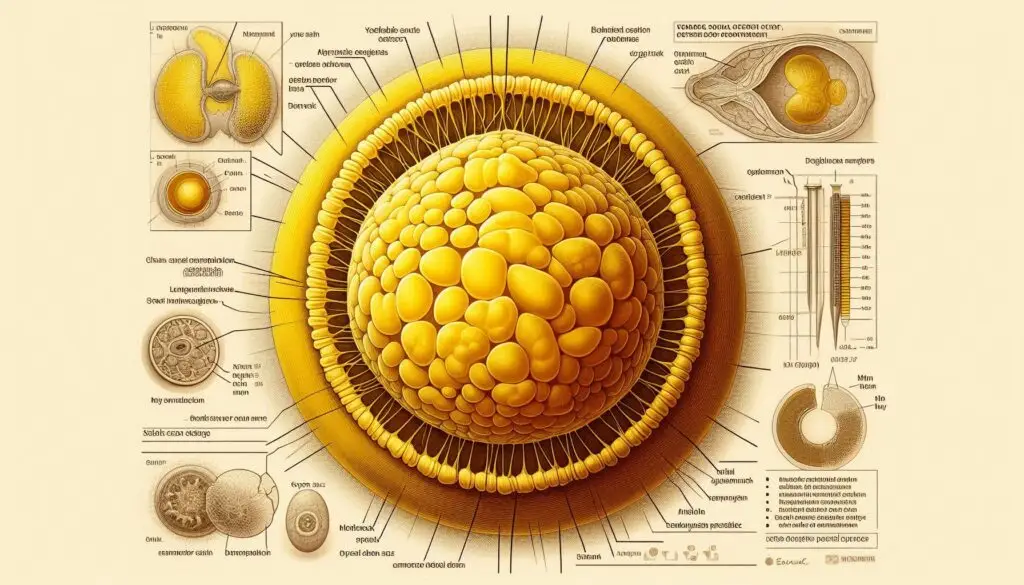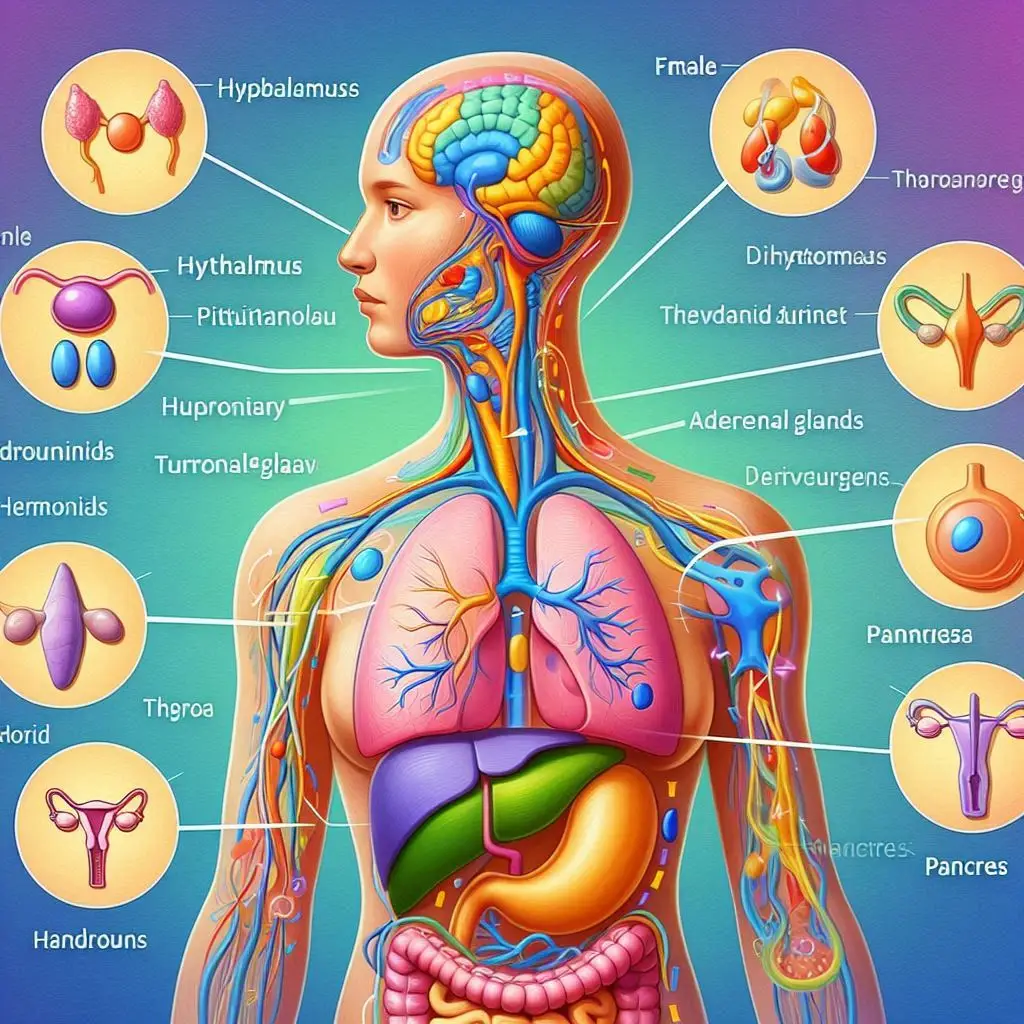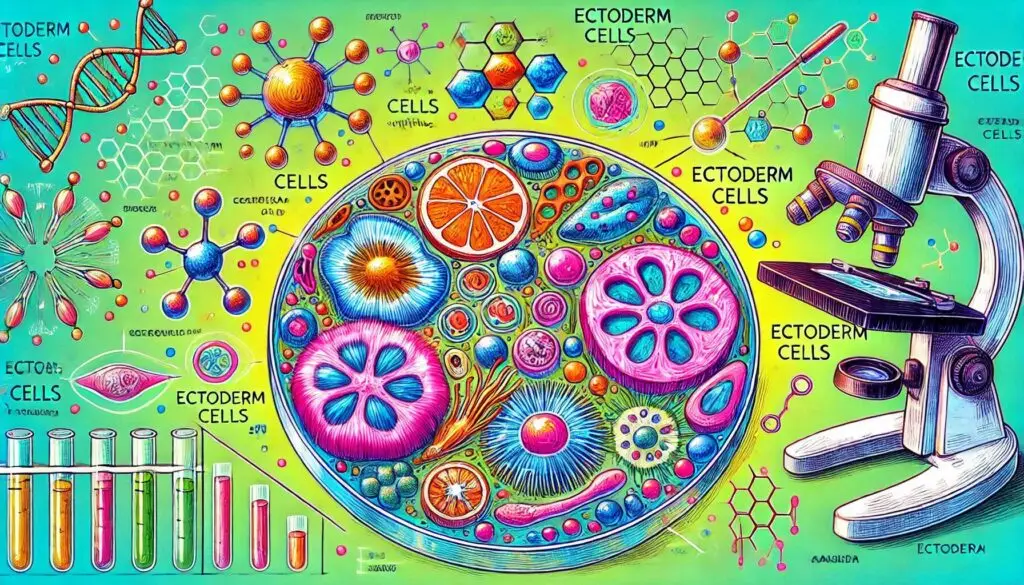Vitelline Block in Fertilization

Introduction to the Vitelline Block
The vitelline block is a fascinating biological process that occurs right after a sperm penetrates an egg. This mechanism is vital for ensuring that only one sperm fertilizes the egg. Understanding the vitelline block is essential for grasping how fertilization works and its implications for reproductive biology.
What is the Vitelline Block?
The vitelline block is a protective mechanism that prevents additional sperm from entering an oocyte after the first sperm has successfully penetrated. This process is crucial for maintaining genetic integrity and preventing polyspermy, which can lead to developmental issues in embryos.
The Process of Fertilization
1. Sperm Entry
When a sperm cell reaches an egg, it must penetrate several layers to reach the oocyte. The first step involves the sperm binding to specific receptors on the egg’s surface. This action triggers changes in both the sperm and egg.
2. Fast Block to Polyspermy
Immediately upon entry, there is a rapid change in the electrical potential of the egg’s membrane. This phenomenon is known as the fast block to polyspermy. Sodium ions rush into the egg, causing depolarization. This change serves as an immediate barrier against other sperm.
For more information on this process, visit ScienceDirect.
3. Cortical Reaction
Shortly after the fast block occurs, the cortical reaction takes place. This reaction involves cortical granules releasing their contents into the space between the egg’s plasma membrane and its vitelline layer. The enzymes released modify the vitelline membrane, transforming it into a hard fertilization membrane.
This transformation is crucial for preventing additional sperm from entering. For further reading on cortical reactions, check out Nature Reviews Molecular Cell Biology.
Mechanisms Behind the Vitelline Block
1. Role of Cortical Granules
Cortical granules are specialized structures within the egg that play a key role in creating the fertilization membrane. When these granules fuse with the plasma membrane, they release substances that alter the composition of the vitelline layer.
Key Functions of Cortical Granules:
- Release enzymes that modify glycoproteins in the vitelline membrane.
- Create a physical barrier that prevents additional sperm entry.
- Contribute to changes in egg metabolism post-fertilization.
2. Species-Specific Mechanisms
The vitelline block exhibits remarkable species specificity. Each species has unique receptors and signaling pathways that determine which sperm can successfully fertilize an egg. This specificity helps maintain genetic integrity within species.
For more insights into species-specific fertilization mechanisms, refer to Annual Review of Genetics.
Importance of Preventing Polyspermy
Preventing polyspermy is critical for normal embryonic development. When multiple sperm fertilize an egg, it can lead to an abnormal number of chromosomes, resulting in developmental failures or miscarriage.
Consequences of Polyspermy
- Genetic Abnormalities: An excess of genetic material can disrupt normal development.
- Embryonic Lethality: Many embryos resulting from polyspermy do not survive.
To learn more about polyspermy and its effects on development, visit Developmental Biology.
Comparative Analysis: Vitelline Block Across Species
The mechanisms of the vitelline block can vary significantly among different organisms. For instance:
1. Mammals
In mammals, including humans, the zona pellucida acts as a crucial barrier during fertilization. The cortical reaction leads to changes in this layer that prevent additional sperm entry.
2. Sea Urchins
In sea urchins, the vitelline envelope undergoes rapid changes after fertilization, creating a thickened layer that blocks further sperm entry.
For detailed comparisons across species, refer to Trends in Cell Biology.
Research Advances and Future Directions
Recent studies have focused on understanding how different factors influence the vitelline block and its efficiency. Researchers are exploring:
1. Genetic Factors
Understanding which genes are involved in regulating this process could lead to breakthroughs in fertility treatments.
2. Environmental Influences
Factors such as temperature and pH levels may also affect how well this mechanism functions.
For ongoing research updates, check out PubMed Central.
Conclusion
The vitelline block is an essential mechanism that ensures successful fertilization by preventing polyspermy. Through both fast and slow blocks, this process protects genetic integrity and supports healthy embryonic development. Understanding this mechanism not only sheds light on reproductive biology but also opens avenues for future research in fertility and developmental science.
More from Veterinary Anatomy:
Cell Inclusions






Responses